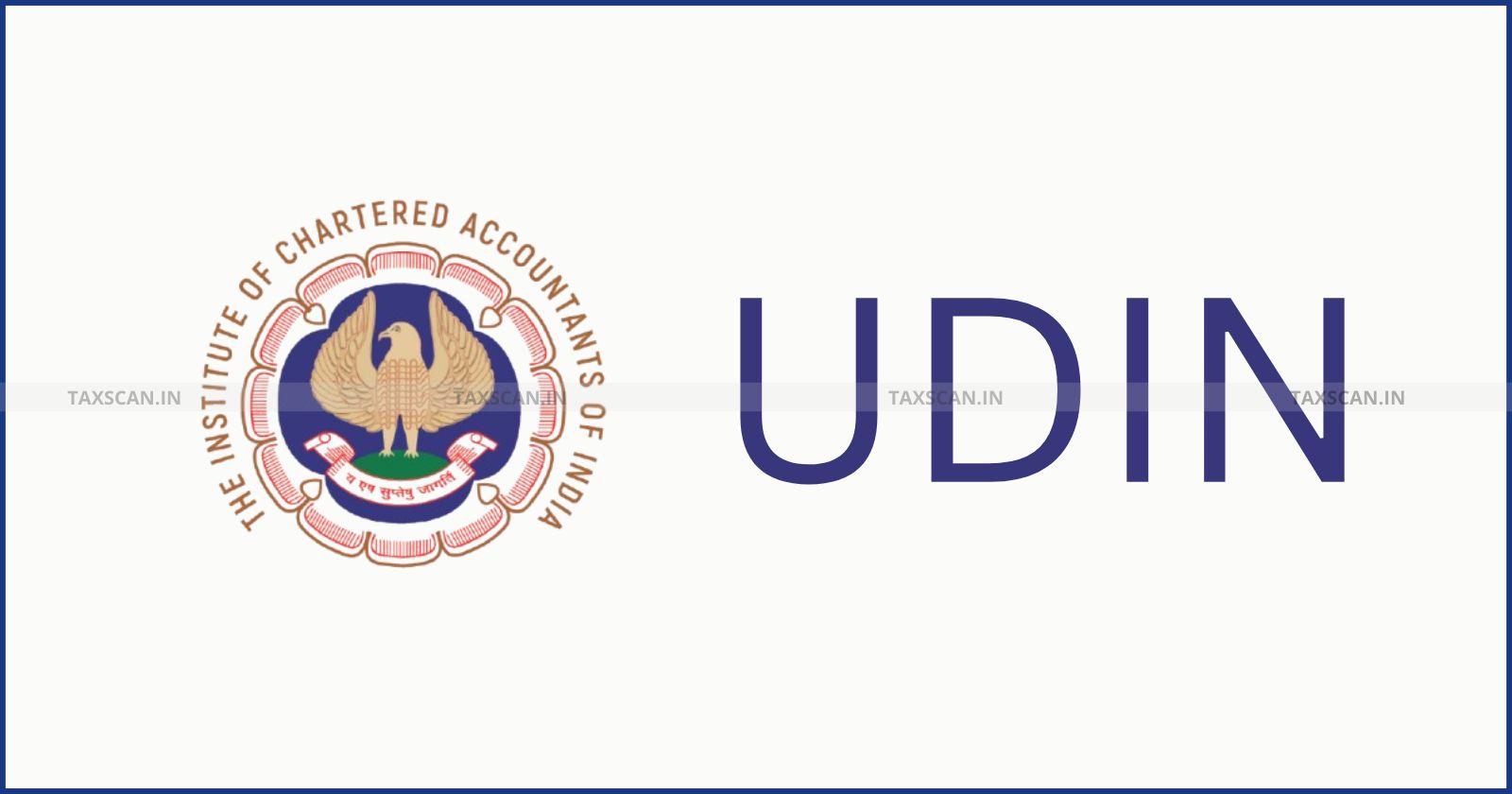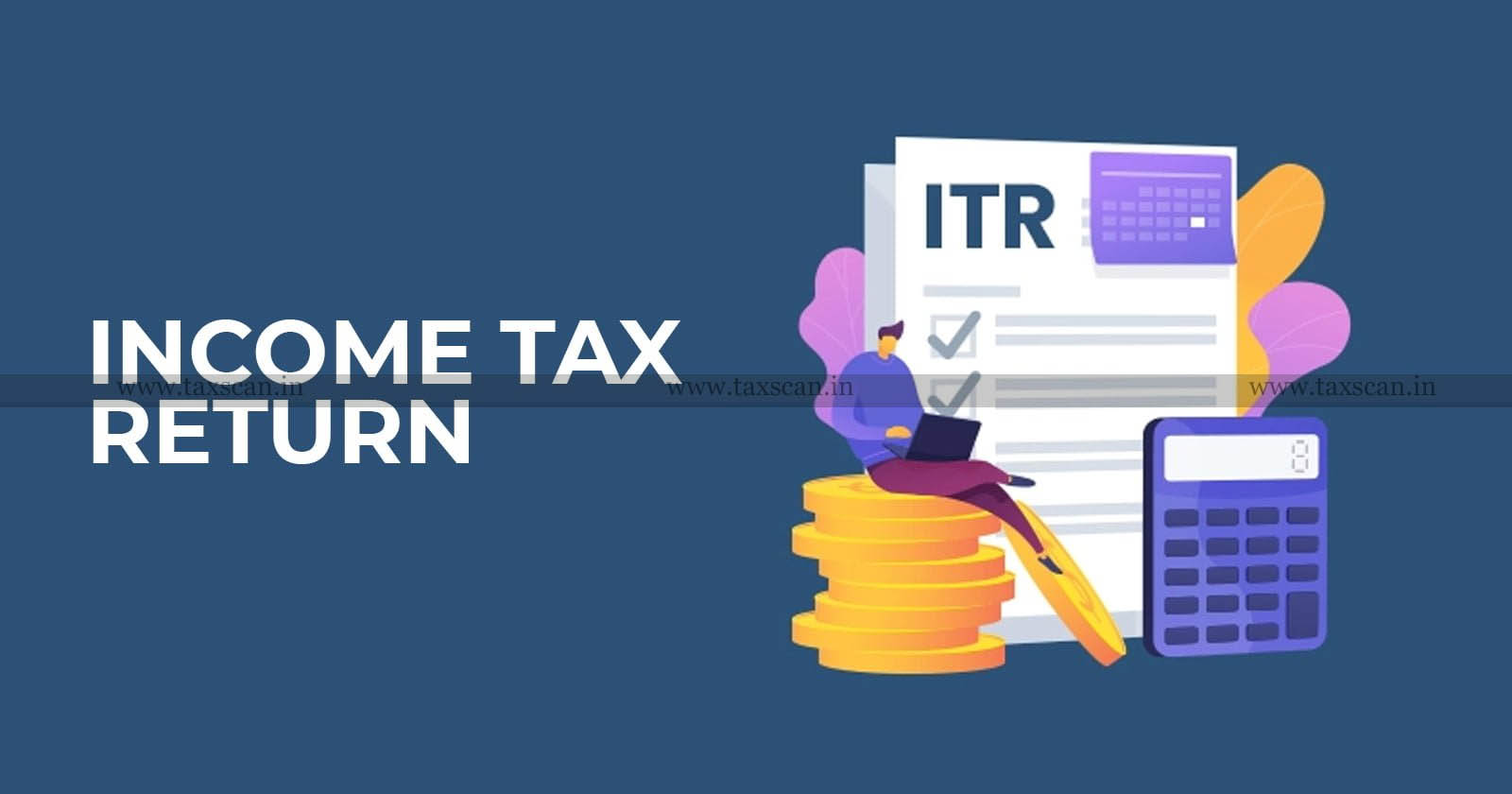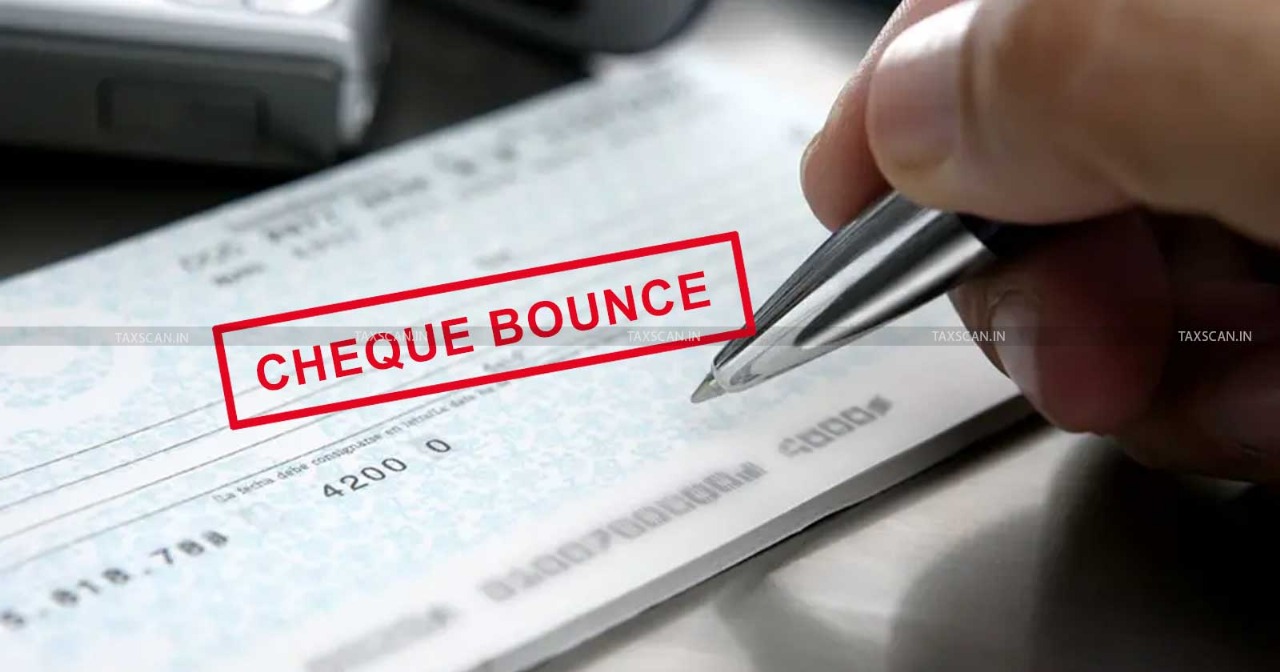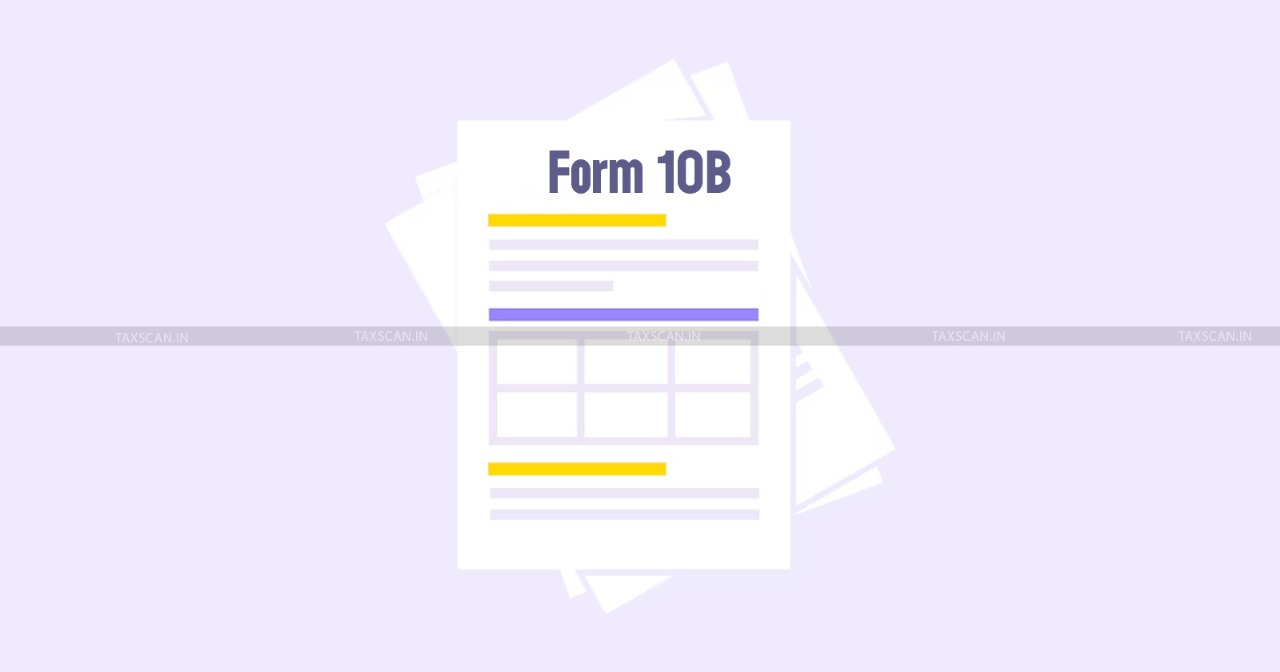[TAXSCAN 360] Income Tax Rectification: Time Limits and Grounds for Seeking Rectification u/s 154
The Supreme Court has clarified that mistakes requiring long-drawn arguments or where two opinions are possible do not fall within the ambit of Section 154. Only errors that are patent and manifest from the records qualify for rectification
![[TAXSCAN 360] Income Tax Rectification: Time Limits and Grounds for Seeking Rectification u/s 154 [TAXSCAN 360] Income Tax Rectification: Time Limits and Grounds for Seeking Rectification u/s 154](https://images.taxscan.in/h-upload/2025/06/23/2053181-taxscan-360-income-tax-rectification-income-tax-rectification-income-tax-taxscan.webp)
For both taxpayers and tax authorities, rectification is an important solution for resolving mistakes in the income tax orders. When there is an error in the income tax order, either the income tax officer suo moto can rectify the mistake or the assessee/taxpayer can approach the concerned AO for rectifying the same under Section 154 of the income tax act, 1961.
Section 154: Purpose and Scope
Rectification should only be carried out where an error is evident from the record and by the authority that issued the order, according to Section 154(1). When issuing the order of assessment, appeal, revision, etc., an income-tax authority could make a mistake. In order to correct any errors that are visible in the record, the income-tax authority has the following powers:
(i) The Assessing officer is empowered to rectify any order of assessment or of refund or any other order passed by him. Further, the Assessing Officer is also empowered to amend any intimation or deemed intimation under section 143(1).
(ii) The Commissioner is empowered to rectify any order passed by him in revision under section 263 or 264.
(iii) The Commissioner(Appeals) may rectify any order passed by him under section 250.
(iv) Other Income-tax Authorities mentioned in section 116 may also amend the order passed by it.
 Also Read:ICAI Mandates Additional Information for UDIN Generation under GST, Tax Audit, and Assurance Categories
Also Read:ICAI Mandates Additional Information for UDIN Generation under GST, Tax Audit, and Assurance Categories
The provision states that:
“(1) With a view to rectifying any mistake apparent from the record an income-tax authority referred to in section 116 may,-
- amend any order passed by it under the provisions of this Act;
- amend any intimation or deemed intimation under sub-section (1) of section 143.
- amend any intimation under sub-section (1) of section 206CB.
(1-A) Where any matter has been considered and decided in any proceeding by way of appeal or revision relating to an order referred to in sub-section (1), the authority passing such order may, notwithstanding anything contained in any law for the time being in force, amend the order under that sub-section in relation to any matter other than the matter which has been so considered and decided.
(2) Subject to the other provisions of this section, the authority concerned-
- may make an amendment under sub-section (1) of its own motion, and
- shall make such amendment for rectifying any such mistake which has been brought to its notice by the assessee, and where the authority concerned is the Commissioner (Appeals), by the Assessing Officer also.
(3)An amendment, which has the effect of enhancing an assessment or reducing a refund or otherwise increasing the liability of the assessee, shall not be made under this section unless the authority concerned has given notice to the assessee of its intention so to do and has allowed the assessee a reasonable opportunity of being heard.
(4) Where an amendment is made under this section, an order shall be passed in writing by the income-tax authority concerned.
(5) Subject to the provisions of section 241, where any such amendment has the effect of reducing the assessment, the Assessing Officer shall make any refund which may be due to such assessee.
(6) Where any such amendment has the effect of enhancing the assessment or reducing a refund already made, the Assessing Officer shall serve on the assessee a notice of demand in the prescribed form specifying the sum payable, and such notice of demand shall be deemed to be issued under section 156 and the provisions of this Act shall apply accordingly.
(7) Save as otherwise provided in section 155 or sub-section (4) of section 186, no amendment under this section shall be made after the expiry of four years from the end of the financial year in which the order sought to be amended was passed.
(8)Without prejudice to the provisions of sub-section (7), where an application for amendment under this section is made by the assessee on or after the 1st day of June, 2001 to an income-tax authority referred to in sub-section (1), the authority shall pass an order, within a period of six months from the end of the month in which the application is received by it,-
- making the amendment; or
- refusing to allow the claim.”
 Also Read:2 Sec to 46 Min Delay In Filing ITR : Here's ITAT's Key Observations on Validity of Such ITRs
Also Read:2 Sec to 46 Min Delay In Filing ITR : Here's ITAT's Key Observations on Validity of Such ITRs
What Constitutes a ‘Error Apparent from the Record’?
A mistake apparent from the record refers to an error that is self-evident and can be detected without detailed scrutiny or interpretation. These include:
- Clerical errors: Typographical mistakes, misstatements of facts, or incorrect entries.
- Arithmetical errors: Calculation mistakes in tax computation, interest, or penalties.
- Obvious legal oversights: Failure to apply a clear and settled legal provision.
- Omissions: Overlooking mandatory legal requirements or facts that are undisputed.
The Supreme Court has clarified that mistakes requiring long-drawn arguments or where two opinions are possible do not fall within the ambit of Section 154. Only errors that are patent and manifest from the records qualify for rectification.
Orders Eligible for Rectification
Section 154 allows for the rectification of the following:
- Any order passed under any provision of the Income Tax Act by an income-tax authority.
- Intimations or deemed intimations issued under Section 143(1) (summary assessment).
- Intimations under Section 200A(1) (processing of TDS statements).
- Intimations under Section 206CB (processing of TCS statements).
If an order is the subject matter of appeal or revision, only those matters not considered and decided in such proceedings can be rectified. Issues already adjudicated upon by appellate or revisional authorities are excluded from rectification under Section 154.
 Also Read:CBDT notifies exemption from Withholding Tax for Payments Made to Units of International Financial Services Centre (IFSC)
Also Read:CBDT notifies exemption from Withholding Tax for Payments Made to Units of International Financial Services Centre (IFSC)
Who Can Initiate Rectification?
Rectification can be initiated in two ways:
- Suo motu by the Income Tax Authority: The Assessing Officer or other relevant authority may rectify a mistake on their own accord.
- On Application by the Taxpayer: The taxpayer can bring the mistake to the notice of the authority by filing a rectification request.
If the Commissioner (Appeals) or Joint Commissioner (Appeals) issued the order, they have the authority to correct it after being informed of the error by the Assessing Officer or the taxpayer.
Time Limits for Rectification
The law prescribes strict time limits for seeking rectification under Section 154:
- Four-Year Rule: According to Section 154(7), a rectification of an order must be made within four years from the end of the financial year in which the order sought to be rectified was passed.
- If the original order is revised, set aside, or replaced, the four-year period is counted from the date of the fresh order, not the original one.
- Disposal of Application: When a taxpayer files a rectification application, the authority must pass an order (either accepting or rejecting the application) within six months from the end of the month in which the application is received. This is mentioned in Section 154(8). However, according to the CBDT Instruction 03/2013 dated 5th July 2013, under Citizens Charter of 2010, the service delivery standard in respect of deciding rectification application has been fixed as 2 months.
Example: If an order was passed on 15th July 2021 (FY 2021-22), the rectification can be sought up to 31st March 2026 (four years from the end of FY 2021-22).
 Also Read:Jharkhand HC Grants Rs. 90,000 Monthly Alimony per month After RTI Reveals Husband’s Rs. 21 Lakh Annual Income [Read Order]
Also Read:Jharkhand HC Grants Rs. 90,000 Monthly Alimony per month After RTI Reveals Husband’s Rs. 21 Lakh Annual Income [Read Order]
Procedure for Filing a Rectification Application
The e-Filing portal of the Income Tax Department facilitates the correction application process:
- Login to the Income Tax e-Filing portal.
- Navigate to the ‘Rectification’ option under the ‘Services’ menu.
- Click on ‘New Request’ and select the relevant assessment year and order to be rectified.
- Choose the nature of rectification (e.g., reprocess return, correct tax credit mismatch, update personal details).
- Submit the request and complete e-verification.
Supporting documents and a clear explanation of the mistake should be provided to facilitate prompt processing.
Limitations
- Matters Decided in Appeal/Revision: If an issue has already been considered and decided in appeal or revision, it cannot be rectified under Section 154.
- Nature of Mistake: Only mistakes that are patent and do not require elaborate reasoning or interpretation are eligible. Disputed issues or those requiring investigation are outside the scope of rectification.
- No Rectification after Four Years: Orders cannot be rectified after the expiry of four years from the end of the financial year in which they were passed.
- Notice Requirement: According to Section 154(6), if an amendment has the effect of increasing the assessment or decreasing a refund that has already been made, the Assessing Officer SHALL serve the assessee with a notice of demand in the prescribed form that details the amount owed. This notice of demand will be considered to have been issued under Section 156, and the Income-tax Act's provisions will be applied appropriately.
Additionally, the sub-clause 3 of Section 154 specifies that if rectification results in enhancement, etc., a hearing must be held. The authority in question Should notify the assessee of its intention to do so and provide them a chance to be heard if the rectification order has the effect of increasing an assessment, decreasing a refund, or in any other way increasing the assessee's responsibility.
 Also Read:Complainant Fails to Disclose Loan in ITR or Prove Financial Capacity: Gujarat HC Denies Appeal in Rs. 15 Lakh Cheque Bounce Case [Read Order]
Also Read:Complainant Fails to Disclose Loan in ITR or Prove Financial Capacity: Gujarat HC Denies Appeal in Rs. 15 Lakh Cheque Bounce Case [Read Order]
Grounds for Rectification: Few Examples
Example 1: Clerical Error
A taxpayer’s name is misspelled in the assessment order. This can be rectified under Section 154 as it is a clear clerical error.
Example 2: Arithmetical Mistake
The Assessing Officer incorrectly totals the income, resulting in higher tax liability. This arithmetical error is apparent from the record and can be rectified.
Example 3: Tax Credit Mismatch
A TDS credit claimed by the taxpayer is not considered due to data entry error, leading to a demand. The taxpayer can file a rectification request to correct the TDS details and resolve the mismatch.
Withdrawal and Cancellation of Rectification Request
A rectification request can be withdrawn by the taxpayer within the day of filing the request, provided it has not been acted upon by the authority.
CBDT INSTRUCTIONS ON S. 154
Instruction No. 3/2013 - Subject: Procedure of be followed in receipt and disposal of rectification applications filed under section 154 of the Income-tax Act- 1961
This instruction has stipulated,under Citizens Charter of 2010, the service delivery standard in respect of deciding rectification application has been fixed as 2 months. This instruction was issued based on the Delhi high Court judgment in case of Court On its Own Motion vs. UOI and Ors. in W.P. (C) 2659/2012 dated 14.03.2013.
Instruction No. 1/2016 - Subject: Following the prescribed time-limit in passing order under sub-section (8) of section 154 of Income-tax Act, 1961
As per the instruction, according to Section 154(8) of the Income-tax Act, 1961, rectification applications must be disposed of by the income-tax authority within six months from the end of the month in which they are received. The CBDT has observed non-adherence to this timeline, with some authorities wrongly treating delayed action as deemed lapse of the application. The Board has clarified that this six-month limit is mandatory and must be strictly followed. Supervisory officers are directed to monitor compliance and take administrative action in cases of delay.
Instruction No. 2/2016 - Subject: Passing rectification order under section 154 Income-tax Act, 1961
The instruction says that according to the CBDT, rectification orders under Section 154 of the Income-tax Act are occasionally made on the AST System without providing the taxpayer with a copy, which leads to complaints and deprives them of the chance to appeal or request more rectification. The Board has instructed that all rectification applications be handled by a written order that is properly delivered to the taxpayer, rather than only by system entry, in accordance with Section 154(4), which requires written orders.
CBDT CIRCULARS
Circular No. 68 dated 17-11-1971 : A mistake apparent from the record includes one arising from a subsequent Supreme Court judgment clarifying the correct legal position. Hence, if an assessee files a rectification application under Section 154 based on such a judgment, the application must be acted upon provided it is filed within the prescribed time and is otherwise in order.
Circular No. 71 dated 20-12-1971 : Income-tax Officers are empowered to take action under Section 154, including admitting and disposing of applications for cancellation of redundant protective assessments. They may grant such relief even by waiving the time limit prescribed under Section 154(7), if necessary.
Circular No. 71 dated 7-1-1972: If a valid application under Section 154(2)(b) is filed within the statutory time limit but remains undisposed within the period prescribed under Section 154(7), the concerned authority may still dispose of it on merits and in accordance with law, even after the expiry of the time limit.
Circular No. 87 dated 19-6-1972: When the basis for a penalty order is later cancelled or annulled, but the penalty order remains, Income-tax authorities are justified in cancelling such penalty orders under Section 154. ITOs, AACs, IACs, Addl. CITs, and CITs are empowered to act suo motu or admit assessee applications under Section 154 for such cancellation, waiving the time limit under Section 154(7) if necessary.
Circular No. 581 dated 28-9-1990: Deductions under Section 43B and similar provisions require furnishing evidence of payment or compliance along with the return. If such evidence is missing, disallowance under Section 143(1)(a) is valid and cannot later be reversed through rectification under Section 154. This is because the scope of prima facie adjustments under Section 143(1)(a) aligns with the limited scope of rectification for mistakes apparent from the record under Section 154. Furnishing evidence after return filing does not qualify for rectification.
Circular No. 669 dated 25-10-1993: Where payments under the first proviso to Section 43B were actually made before the due date but evidence was not filed with the return, Assessing Officers may entertain rectification applications under Section 154 against intimations under Section 143(1)(a) or orders under Section 143(3) and decide them on merits. Circular No. 581 dated 28-9-1990 is modified accordingly.
Circular No. 725 dated 16-10-1995: If notifications under Section 10(23C) or 35(1) are issued after the completion of assessments for applicable years, it constitutes a mistake apparent from the record and can be rectified under Section 154. However, while allowing such rectification, the Assessing Officer must verify that the conditions specified in the notifications are duly satisfied.
Circular No. No. 4 dated 20-6-2012: Even though the four-year statute of limitations stipulated in Section 154(7) of the Act has passed, CBDT has given the A.Os permission to make the necessary corrections to the figures of such disputed arrear demands following proper verification and reconciliation and after considering the matter on its merits, whether through rectification or another method.
JUDICIAL DECISIONS
T. S. Balaram, ITO v Volkart Bros, 1971
In this case, the Supreme Court held that a "mistake apparent from the record" under Section 154 of the Income Tax Act must be an obvious and patent mistake, not one requiring elaborate reasoning or debate. If two views are possible, it is not a rectifiable error.
Monish Gajapati Raju Pasupati vs Assessment Unit, Income Tax Department & Anr, CITATION : 2025 TAXSCAN (HC) 296
In this case, the Delhi High Court has ruled that clerical mistakes in reassessment notices can be corrected, but ignoring clear errors in assessment orders is not acceptable. The bench comprising Justice Tushar Rao Gedela And Chief Justice Devender Kumar Upadhyay acknowledged that the department made an error but ruled that this mistake alone does not automatically make the reassessment invalid.
The court also observed that dismissing the petitioner’s objections by the income tax department without properly addressing the mistaken identity was unfair. It clarified that Section 292B does not apply to serious mistakes that affect a taxpayer’s right to fair proceedings. The department was ordered to correct the mistake and provide the petitioner with the correct financial details within a week.
 Also Read:Delay in Filing Form 10B Does Not Bar Exemption under Sections 11 & 12 of ITA: ITAT [Read Order]
Also Read:Delay in Filing Form 10B Does Not Bar Exemption under Sections 11 & 12 of ITA: ITAT [Read Order]
Support our journalism by subscribing to Taxscan premium. Follow us on Telegram for quick updates



